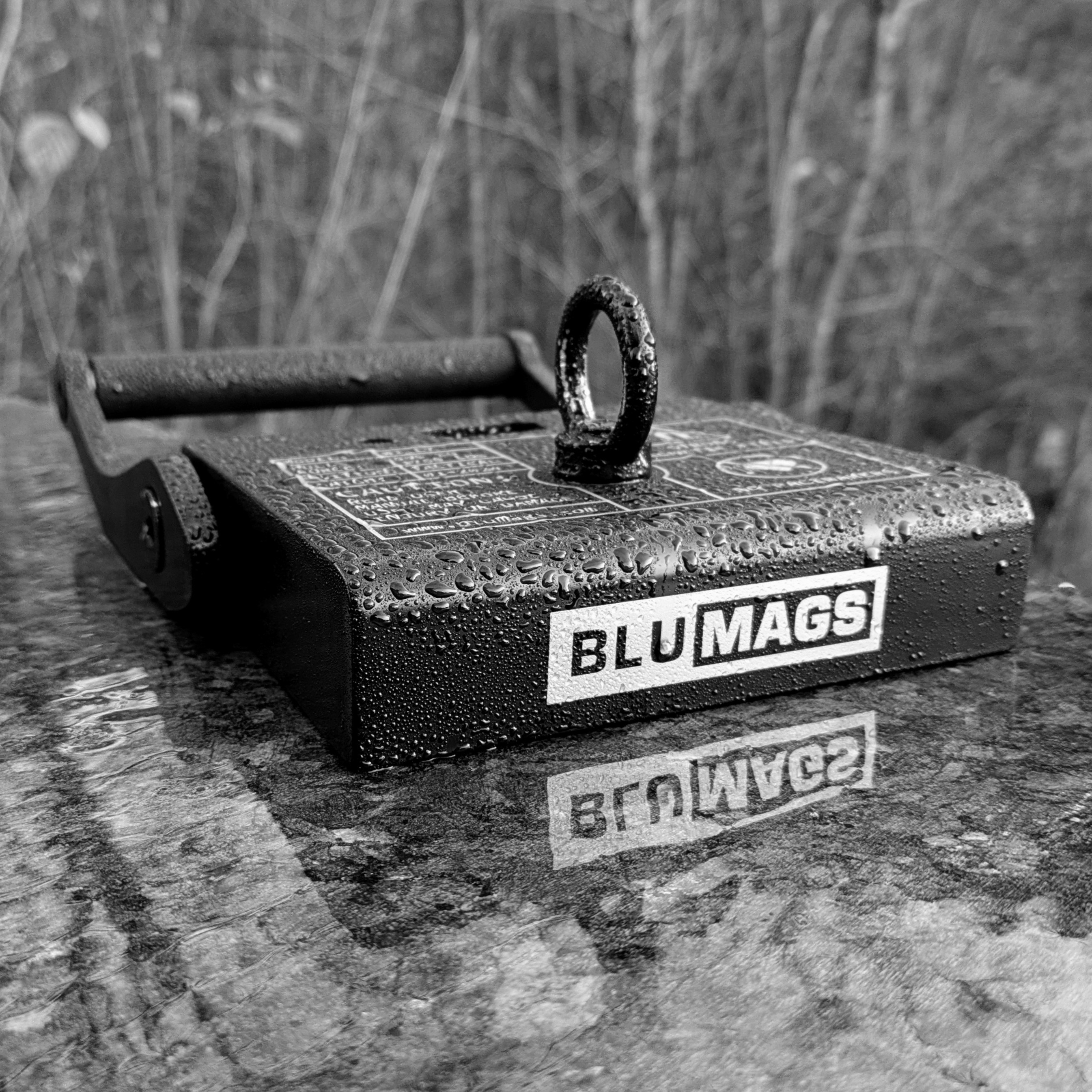
Frequently asked questions
Can the magnets be shipped by air?
How is the holding force rating defined?
What is the lateral holding force?
Will the magnets demagnetize?
Can you do custom designs?
Are there any health hazards with such strong magnets?
Aren't they difficult to remove by hand?
Can the magnets damage any electronic equipment?
Have more questions?